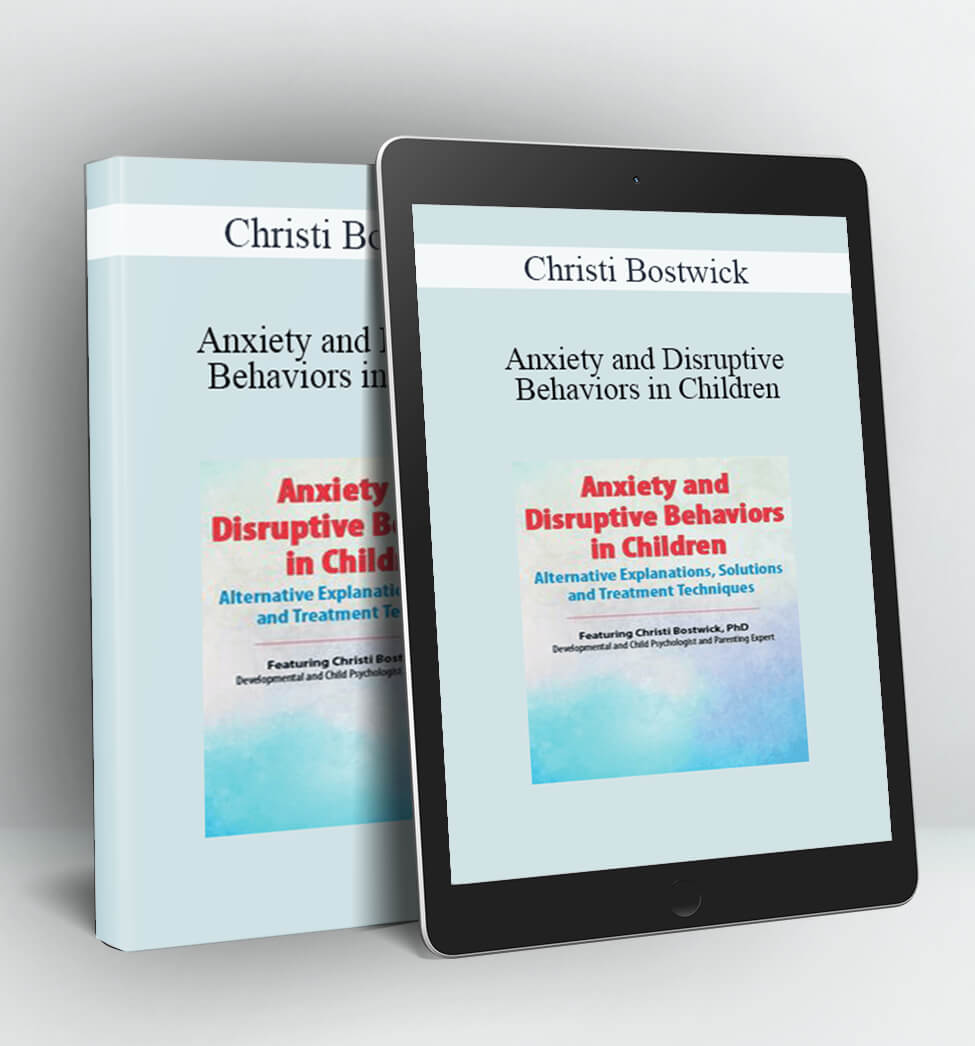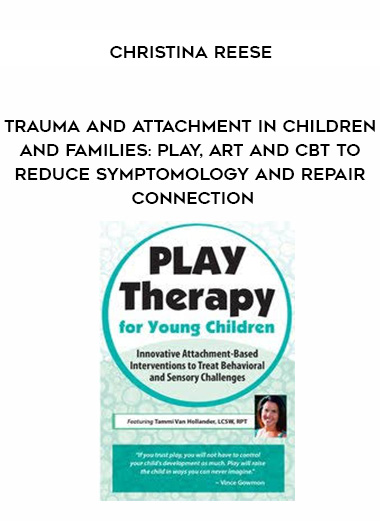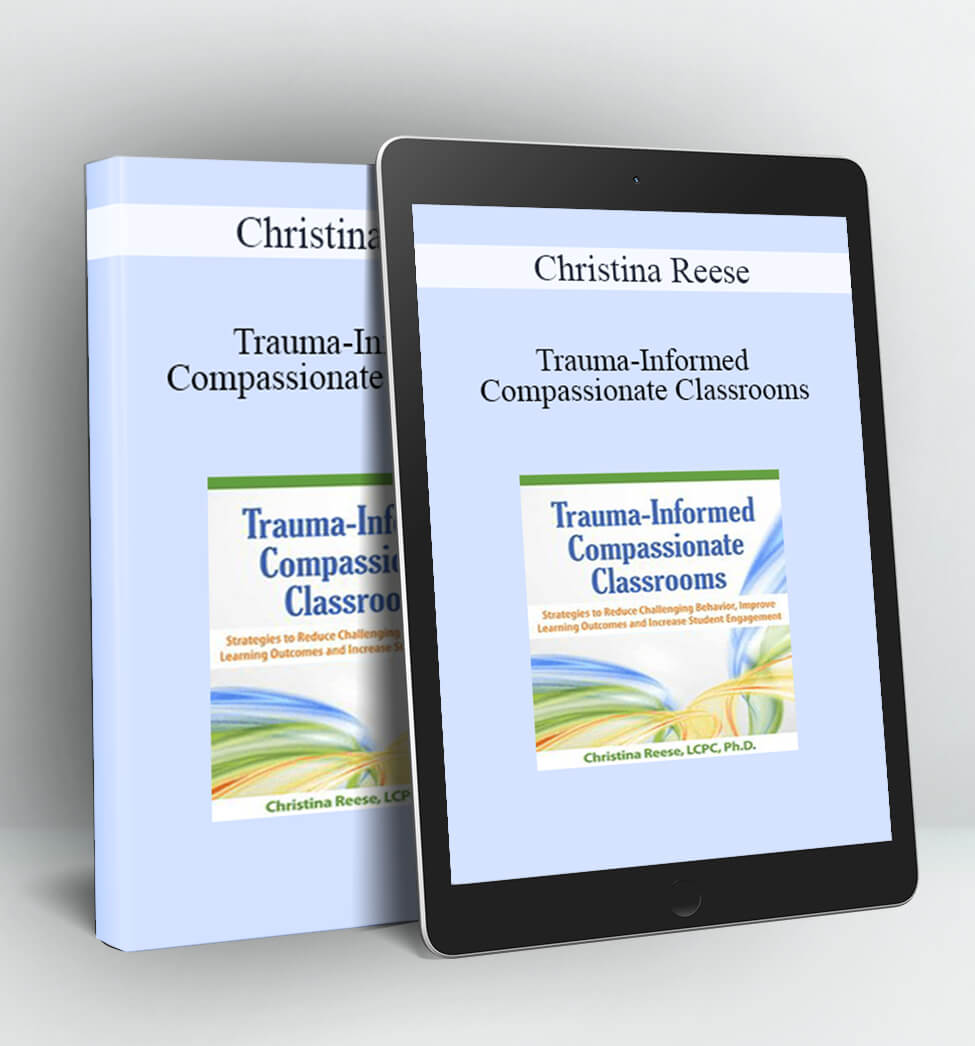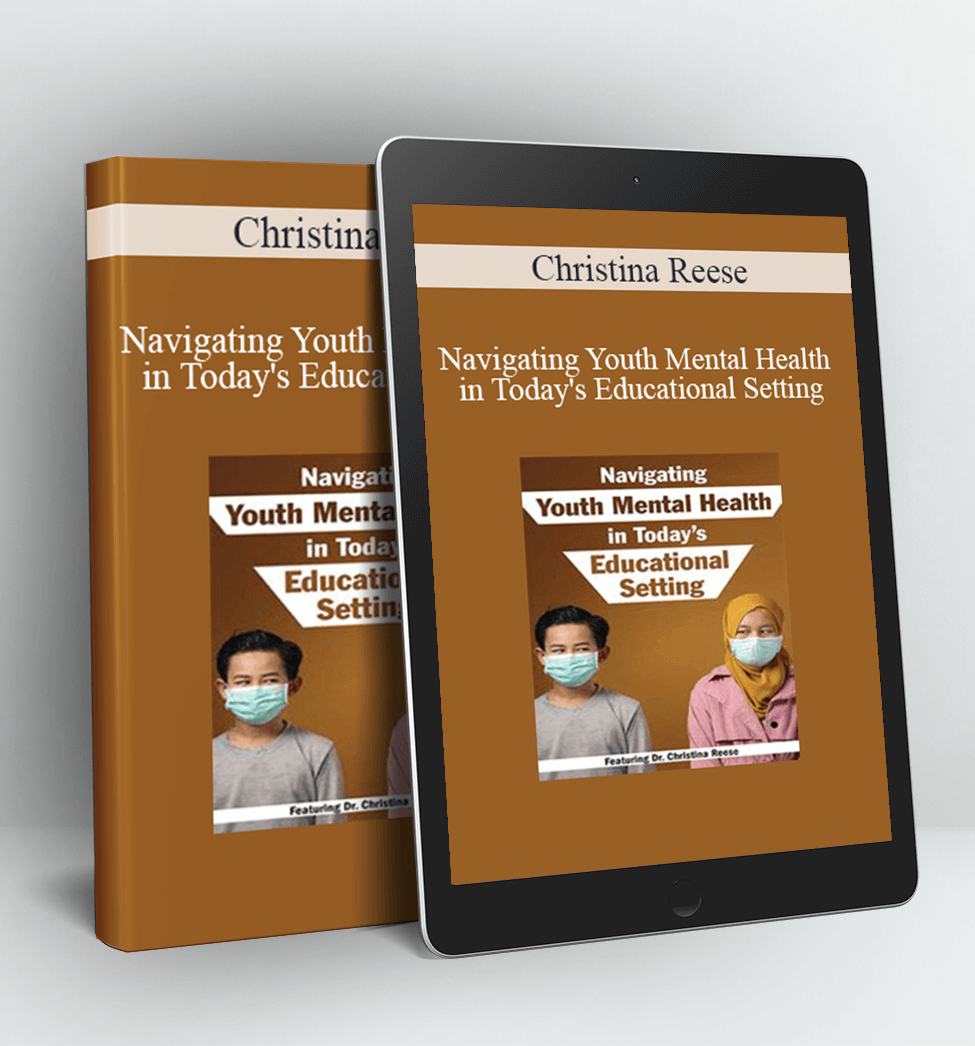TRAUMA-INFORMED COMPASSIONATE CLASSROOMS: STRATEGIES TO REDUCE CHALLENGING BEHAVIOR, IMPROVE LEARNING OUTCOMES AND INCREASE STUDENT ENGAGEMENT – CHRISTINA REESE
- Establish a trauma-informed classroom
- Build trust with your hard-to-reach students
- Meet the social and emotional needs of diverse learners
- Communicate more effectively with challenging students
- Incorporate neuroplasticity with a strengths-based perspective
As an educator, you are faced with the challenge of meeting the social and emotional needs of all your students. This can be challenging enough with typical learners but it is even more difficult with those who have experienced trauma or have mental health challenges. Students who have experienced trauma often present as difficult to engage and display problematic behavior such as a low frustration tolerance, angry outbursts or difficult social relationships. These behaviors all get in the way of the teaching and learning.
Watch Dr. Reese and learn how a trauma-informed approach will greatly reduce challenging behavior, improve student engagement and increase learning outcomes.Discover new strategies, tools and resources to reduce students’ impulsiveness, aggressive behaviors and inattention and increase their focus, attention and compassion. While this positive approach is absolutely essential for students with trauma, it will also greatly benefit each and every student in your classroom. Return to your school with:
- Research-based practices to establish a trauma-informed classroom
- A plan to develop positive relationships and build trust with your hard-to-reach students
- Proven techniques for communicating more effectively and collaboratively with challenging students
- Cognitive skill-building strategies which incorporate the science of neuroplasticity and the strengths-based perspective of neurodiversity
- Analyze the ways in which poverty and mental health contribute to trauma responses thus informing your approach to working with all students.
- Determine how trauma impacts a child’s development and develop strategies for meeting his or her needs.
- Explore how exposure to adverse childhood experiences (ACEs) determines the likelihood of developmental trauma and its impact on level of functioning across the lifespan.
- Establish a collaborative approach to discipline and demonstrate how this fosters intrinsic motivation for behavior change in the child.
- Practice techniques to establish positive relationships and build trust with hard-to-reach students thus increasing their social and academic success.
- Explore mindfulness activities that foster student self-awareness, self-regulation and the ability to focus as it relates to impulsive behaviors and attention.
- Trauma in Students: What to Look For
- Fight, flight or freeze responses: How it manifests in school
- Wired for fear: Impact on the whole child
- ACEs – Adverse Childhood Experiences study and survey
- The role of poverty and mental health challenges
- Discipline in a Trauma-Informed Classroom
- Changing your mindset: Punitive vs. collaborative
- Strategies to foster intrinsic motivation
- 3 steps to implement a collaborative approach
- Case study: How you respond
- Neuroplasticity: Activities to Establish & Strengthen Neural Pathways
- Strategies to develop new ways of responding
- Slow down, stop and think
- Respond rather than react
- Social stories
- Techniques to incorporate the 4 R’s:
- Rhythmic
- Repetitive
- Relational
- Rewarding
- Strategies to develop new ways of responding
- Relationships as a Protective Factor
- Techniques to form positive relationships and increase students’ likeliness to:
- Stay in school longer
- Work harder
- Increase test scores & grades
- Increase their self-confidence
- Techniques to help students feel connected to school making them less likely to:
- Smoke or drink
- Have sexual intercourse
- Develop emotional problems
- Experience suicidal thoughts or attempts
- Carry weapons
- Be involved in violence or dangerous activities
- Case study: Strengths-based, solution-focused approach
- Techniques to form positive relationships and increase students’ likeliness to:
- Mindfulness and Self-Awareness Activities To:
- Help with transitions
- Reduce impulsive behaviors
- Strengthen empathy, kindness and compassion
- Calm and focus attention
- Social and Emotional Learning Techniques to Increase:
- Focus and concentration
- Impulse control
- Conflict resolution skills
- Mindful Communication Tools to Improve Student Engagement
- Lead with presence
- Attention
- Intention
- Mindful Strategies to Increase Connection, Empathy & Community
- Gratitude
- Heartfulness
- Zones of Regulation to Teach Self-Awareness & Emotional Control
- Red zone
- Yellow zone
- Green zone
- Blue zone
Tag: Trauma-Informed Compassionate Classrooms: Strategies to Reduce Challenging Behavior, Improve Learning Outcomes and Increase Student Engagement – Christina Reese Review.Trauma-Informed Compassionate Classrooms: Strategies to Reduce Challenging Behavior, Improve Learning Outcomes and Increase Student Engagement – Christina Reese download. Trauma-Informed Compassionate Classrooms: Strategies to Reduce Challenging Behavior, Improve Learning Outcomes and Increase Student Engagement – Christina Reese discount.








